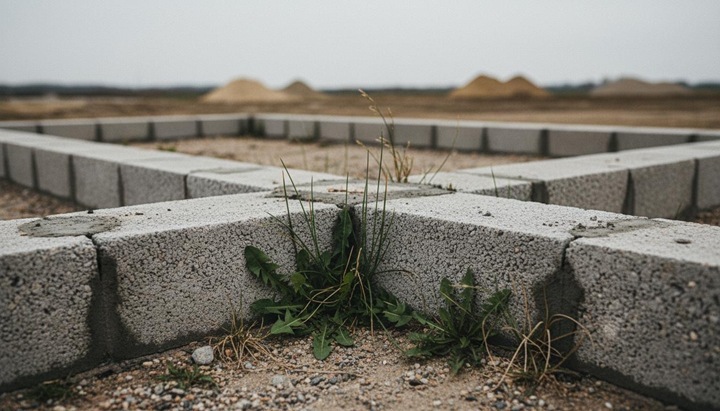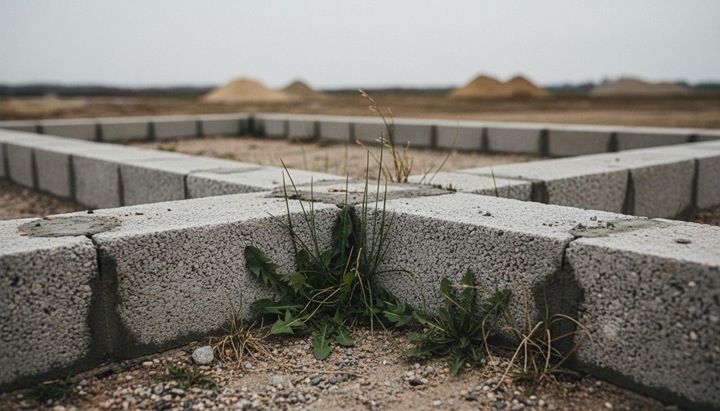Converting lives into kilowatts: resettlement plans for Rogun HPP project threaten tens of thousands of people
“Rogun Alert”, a coalition of concerned CSOs, has analyzed the Resettlement Action Plan and Livelihood Restoration Plan (RAP-2 and LRP-2) for the Rogun HPP construction project. In their analytical report CSOs have identified serious shortcomings in the documentation that could negatively affect tens of thousands of people.

The project to construct the Rogun HPP with the world’s tallest dam involves the resettlement of up to 60,000 people from the inundation zone–this is one of the largest-scale resettlement programs in modern hydropower. “Instead of minimizing the number of local residents to be resettled, the project developers seem to have chosen a strategy to maximize their number by opting for the largest reservoir option for the sake of future electricity exports,” believes Alexander Kolotov, director of the “Rivers without Boundaries” public foundation from Kazakhstan. “Alternative projects with a lower dam height, which would have preserved the homes of more than 32,000 people, were rejected without convincing justification.”
The statistical data cited in the resettlement plans are unreliable, outdated, and incomplete. Population data is inaccurate, lacks gender disaggregation, and includes no information on the needs of labor migrants. The plans also only consider those who lose their housing, offering no specific support measures for those who have lost their land but continue to live near the Rogun reservoir.
The resettlement sites raise serious concerns due to a lack of sufficient water supply, arable land, and pastures. Infrastructure in the new resettlement sites is often unprepared for the arrival of people, leading to a sharp decline in their standard of living. As a result, the share of households engaged in irrigated agriculture has dropped from 44% to 6%, forcing people to seek earnings through labor migration.
The methodology for calculating compensation has also been criticized. According to surveys, the current compensation is insufficient even to purchase or build new housing for everyone being evicted from the inundation zone. “The funds currently provided for resettlement are even less than the compensation paid before 2016 to the first people resettled from the Rogun HPP inundation zone,” notes Manana Kochladze, a representative of the non-governmental organization CEE Bankwatch. “This approach inevitably forces new settlers to build homes with their own hands and go into debt to buy quality construction materials.”
The budget for the overall Rogun HPP resettlement program also raises questions among experts. They found that different project documents provide resettlement estimates that differ by tens of millions–from 287 to 380 million US dollars–without clear explanations for the specific costs. Additionally, the livelihood restoration plan has no budget of its own and depends on external programs, which casts doubt on the stability and transparency of its funding.
The implementation timeline for the resettlement program has also been called unrealistic by environmentalists. So far the Rogun Hydropower Project has completed the resettlement of less than 8,000 people in the seven years from 2018, and now it seeks to resettle 40,000-52,000 people in the next seven years to 2032. This is a completely unrealistic and dangerous plan.
“Such haste creates risks for the quality of site preparation and the provision of adequate support to the project affected people,” notes Tala Batangan, Asia Regional Coordinator of the Coalition of Human Rights in Development. “Moreover, under conditions of strict state suppression of any dissent and the absence of a consultation plan with the local population, it is nearly impossible for affected communities to safely express their concerns and protect their own rights.”
The report’s authors conclude that the current resettlement plans and the entire Rogun HPP project require a fundamental overhaul. Development banks have a role to ensure that their financing for the Rogun Dam does not lead to further risks for communities and that it contributes to inclusive, sustainable development. Without this, the construction of the giant hydropower plant will cause significant harm to tens of thousands of people, violating international standards and the legislation of Tajikistan.
Original (in Russian): Жизнь в обмен на киловатты: Рогунская ГЭС и переселение из зоны затопления


